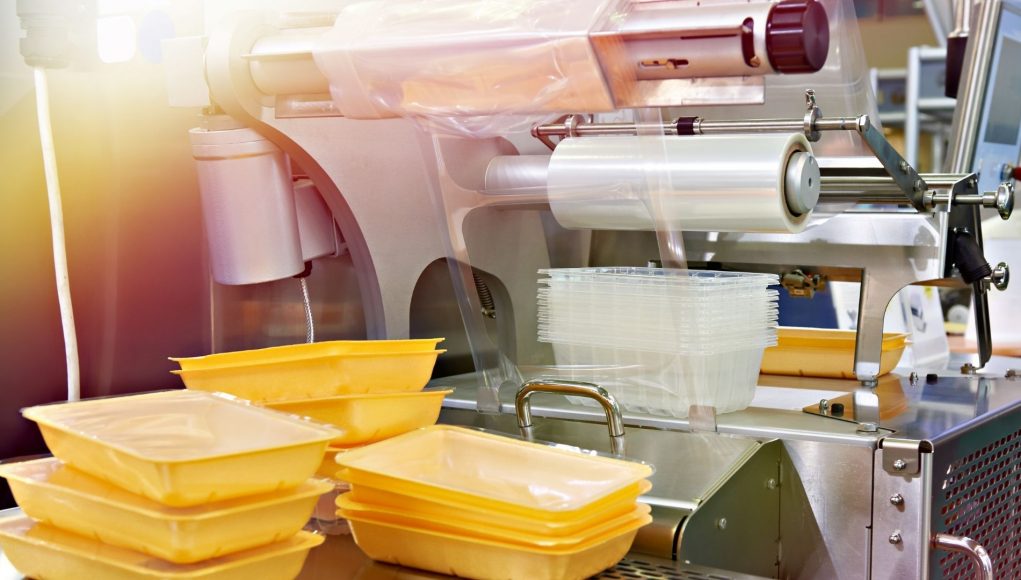The production and manufacturing of product packaging has evolved immensely over recent years. Gone are the days where brands only had one goal in mind, which was to keep packaging costs low; as consumers in today’s world want eye-catching designs, affordable prices and the use of sustainable materials. With global brands now facing increasing pressure to focus on how their packaging is produced, it has made many experts look to the future and plan how they can adapt to consumer and industry needs.
To gain some insight into the matter, branding and creative design agency 1HQ, have launched their quarterly magazine which looks at the ‘Fourth Age of Packaging’. From sustainability to immersive interfaces, the magazine gives an in-depth look into what the future may hold for the world of packaging. To give you a better understanding of the subject, we have highlighted a number of points we find most interesting.
Adaptable attributes
Consumers will often buy a product based on the brand or the actual product itself, but could this change in the future thanks to flexible manufacturing? This process means that products can be created on the production line to suit consumer needs ahead of them reaching supermarket shelves. For example, brands could look at how their products can offer a more personal touch through the shape, size and colour of their packaging and products. Colour palettes could be selected to coordinate with home interiors and products could be specifically made to fit into difficult storage spaces within the home.
Immersive interfaces
Many brands like to include QR codes onto their packaging which has proved to be popular with consumers, but how can immersive interfaces be adapted in the future? Experts believe that through the use of immersive interfaces and smartphones, consumers will be able to access a whole new world, which will benefit both brand and consumer. This process will enable consumers to see detailed information about the product in front of them, the wider product offering from the specific brand and important details surrounding sustainability etc.
Purposeful deconstruction
In today’s world consumers want convenience, as well as using the least amount of packaging as possible. When it comes to convenience food, takeaways are often favoured; but this often brings a lot of packaging which often can’t be recycled. GreenBox wants to pave the way for change when it comes to this issue, by creating a new experience when it comes to ordering a pizza. You may find that struggle to eat the whole meal, so wrap it in tin foil or another material. Instead of this, GreenBox is creating pizza boxes which allow each leftover piece to be contained in its own recyclable cardboard box, made from the original delivery packaging.
With brands now having to carefully consider how they manufacture their products and produce their packaging, it’s important to look ahead to the future and see how the industry could potentially look. From immersive interfaces to adaptable attributes, we could see a huge shift in how packaging helps market a range of well-known products.
















